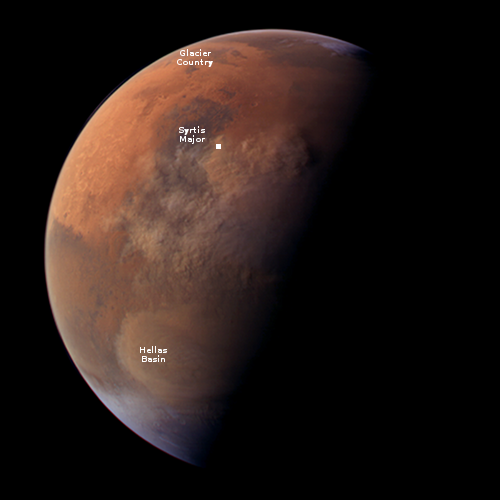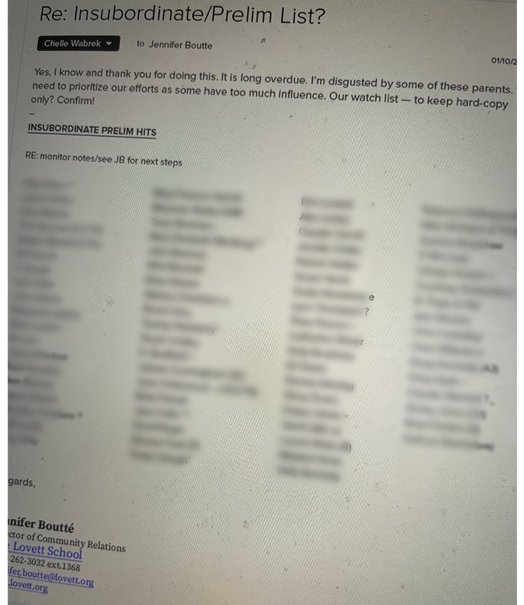
How our governments determined policy against COVID during
the past two years.
Almost two years after the first arrival of the Wuhan virus into the United States, we now can look back at what has transpired and come to some solid conclusions about this respiratory illness as well as the draconian panic-based responses by governments and many citizens.
The most significant take-away from this review is simple: Routinely, government officials, especially those in states controlled by Democrats, lied repeatedly in order to create fear and terror in the general population. Almost every claim they made, edict they declared, or mandate they ordered, was either an outright lie, or designed to obscure the truth. Let’s take them one-by-one.
The models
Almost immediately, politicians, health officials, and government scientists began touting a variety of computer models, with the model [pdf] put forth by scientists at Imperial College leading the way, that claimed millions would die if some short-term draconian measures were not taken immediately. Governments and corporations had to impose very temporary two-week lockdowns, social distancing, and mask mandates to slow the spread of COVID in order to reduce the immediate impact and thus avoid hospitals and health facilities from being overrun.
In other words, we were told that by simply under-going two weeks of martial law, the curve would flatten, hospitals would be able to handle the increased but controllable influx of patients, and we could then go back to normal.
This was an outright lie. » Read more












